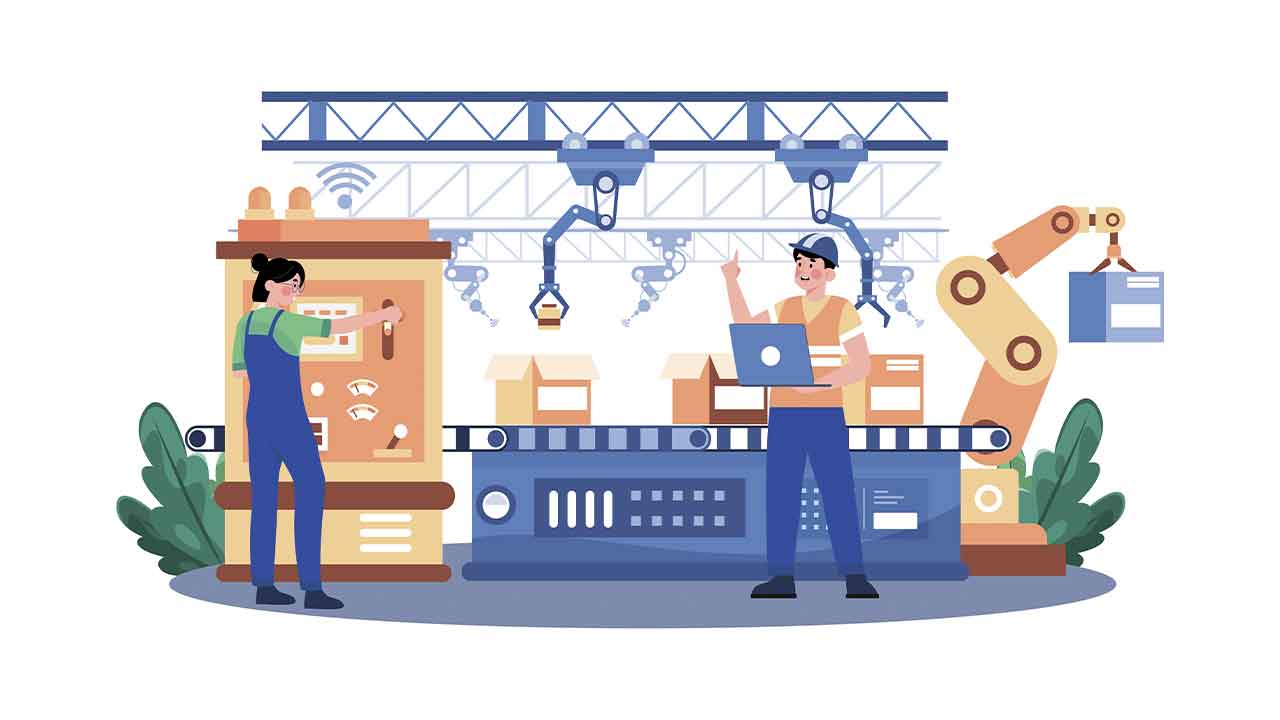A Digital Success Plan for IIoT
It’s a rare industrial organization today unable to point to one or a dozen initiatives inside their enterprise with the moniker of IIoT, Industry 4.0, smart product, or some other label under the general category of digital transformation. Yet according to McKinsey, 70% of these projects fail to deliver business value. Why? Most teams consist of smart, hard working people with good intentions. And beyond a certain point, budget and other resources cease to be a useful predictor of success. Even executive attention and support (or lack thereof) is an unreliable indicator. There’s just one thing that matters.
Organizations who understand this are able to elevate their position in the market, while those who don’t end up back at “business as usual” and increasingly vulnerable in a connected world. The answer is not what technology or business model they ultimately chose. In fact, it’s less about specific decisions they make along the way. The key, we’ve found, is what they do in order to get started.
It’s the questions they ask in the beginning. It’s the framework they put in place for identifying challenges and digital transformation risks, assigning roles and responsibilities, and the methodology for creating, delivering, and measuring value at each step of the project. This applies to all aspects of the initiative, from technology to business strategy to capabilities of the organization. It’s how you know you’re working on solving the whole problem and not just watering a patch of flowers in the desert. We call this approach a digital success plan. If your organization is attempting to embrace IIoT without one, the odds are stacked against you for creating durable outcomes. There will be plenty of activity, but few positive results. We call this digital transformation theater.
All the world’s indeed a stage
What does digital transformation theater look like? Sadly, as noted by McKinsey, it’s the more well-worn path among industrial manufacturers. It’s driven by buzzwords and shiny objects. It’s a rush to “connect all the things” and “collect all the data” combined with a grab bag of “machine learning, AI, and blockchain” to be followed inevitably by profit. Mandates are announced. Smart people work hard on their individual technical tasks. Presentations are made with compelling charts and graphs. Budgets are allocated. Budgets are spent. Partnerships are announced, and press releases abound. Then 6, 12, 18, even 24 months go by. New business value created? None. As noted by industry analysts at Bain & Company, executives at these companies are now being forced to acknowledge “it may take longer to reach scale than expected.” But their approach remains the same. The show must go on.
The Digital Road less traveled by
Yet there are companies that do succeed, by following a different path. They are winning in a connected world, achieving measurable business goals enabled by IIoT systems. This is called practical digital transformation. So what makes all the difference?
First, they start with Vision. What’s driving your connected initiatives? What are the hopes and expectations of your organization in terms of new team capabilities, technology assets, and positive business outcomes? How will you define success?
Second, they set clear Goals. An example for a capital equipment provider would be to reduce reliance on new machine sales. One of our clients set out to increase the revenue contribution of service offerings from 40% to 75% over a 5-year period. Manufacturing facility operators, by contrast, often seek to shrink waste and rework. Reducing unplanned downtime can have a huge impact on the bottom line.
Independent of how it is to be achieved, what level of change to which metrics, if achieved, would truly move the needle for your organization and be worth the risk to make a change?
They create Timelines with Purpose. What trade shows are important for revealing new functionality? What expectations do your customers have today around your offerings, and how do these align with announcements from your competitors? Internally, aligning milestones to match incremental and annual budget cycles is necessary for maintaining project continuity. Furthermore, setting clear dates for proving new value to stakeholders forces critical conversations around expectations and resource requirements – ensuring both are set sufficiently for achieving positive results.
They have clarity and agreement on Roles & Responsibilities. Who is going to do what? This applies to your executive, IT, engineering, operations, service, and other teams – as well as between your vendors. Who are the stakeholders, contributors, interested parties, and overall project and product owners? Will these roles and responsibilities change over time? If so, what is your transition plan? These often require a budget for training and enablement. What do you want your organization to look like once the initiative is delivered? Is everyone in agreement on the division of labor and accountability? Figure this out upfront. It’s much simpler and less expensive to work through these challenges before the journey begins than when you’re in the middle of the fire swamp.
Finally, these organizations begin with a well-formed Digital Methodology. Along with the concepts above, this includes requirement definition and features prioritization. Of equal importance, each goal must be sufficiently resourced with time and budget. How will QA work and who will sign off on completion? Additionally, many aspects of your solution will be common across your industry and can be bought off the shelf. But there are also opportunities to build value and innovate for a competitive advantage. What is your process for evaluating which are which and the options for addressing both sets?
A Digital Success Plan for IIoT
In many ways, becoming a software-enabled, data-driven enterprise will be one of the most challenging undertakings your organization has ever attempted. It’s called an industrial revolution for a reason. Transformation is never easy. But the world is changing, and market forces are demanding a new mode of operation.
You can choose to ignore this shift. It’s possible there’s a niche to retreat into, to continue your existence in a diminished capacity for years to come. The more common reaction is to assign an individual or small team to “find an IoT platform” and start collecting data right away. Alternately, an engineering team is granted the mandate to build their own. Both paths lack the business requirements and understanding of appropriate levels of investment – the clarity around “why are we doing this?” – that is vital to choosing a path that will lead to successful business outcomes once the hype fades away.
Or, you can reinvigorate the spark that led to your previous ascent in your particular industry so long ago. You can begin with an evaluation of the whole problem, and develop a digital success plan for a complete solution. Document your vision, your goals, and your timeliness with purpose. Establish a methodology for clarifying who will be responsible for what, and how decisions will be made. Create a plan for defining requirements, and prioritizing solutions. Ask critical questions. Do we have the resources we need for the results we desire? Can we do this ourselves, or should we seek experienced guides for the journey? By following the outline above for a digital methodology, your organization can answer these questions and find success in this new, real world.
![]() This article was written by Marc Phillips, the Director of Marketing at Bright Wolf, a leading IoT technology provider and system integrator helping Fortune 1000 companies design, develop, and deploy Enterprise IoT systems and connected product solutions. Originally the article was published here.
This article was written by Marc Phillips, the Director of Marketing at Bright Wolf, a leading IoT technology provider and system integrator helping Fortune 1000 companies design, develop, and deploy Enterprise IoT systems and connected product solutions. Originally the article was published here.



